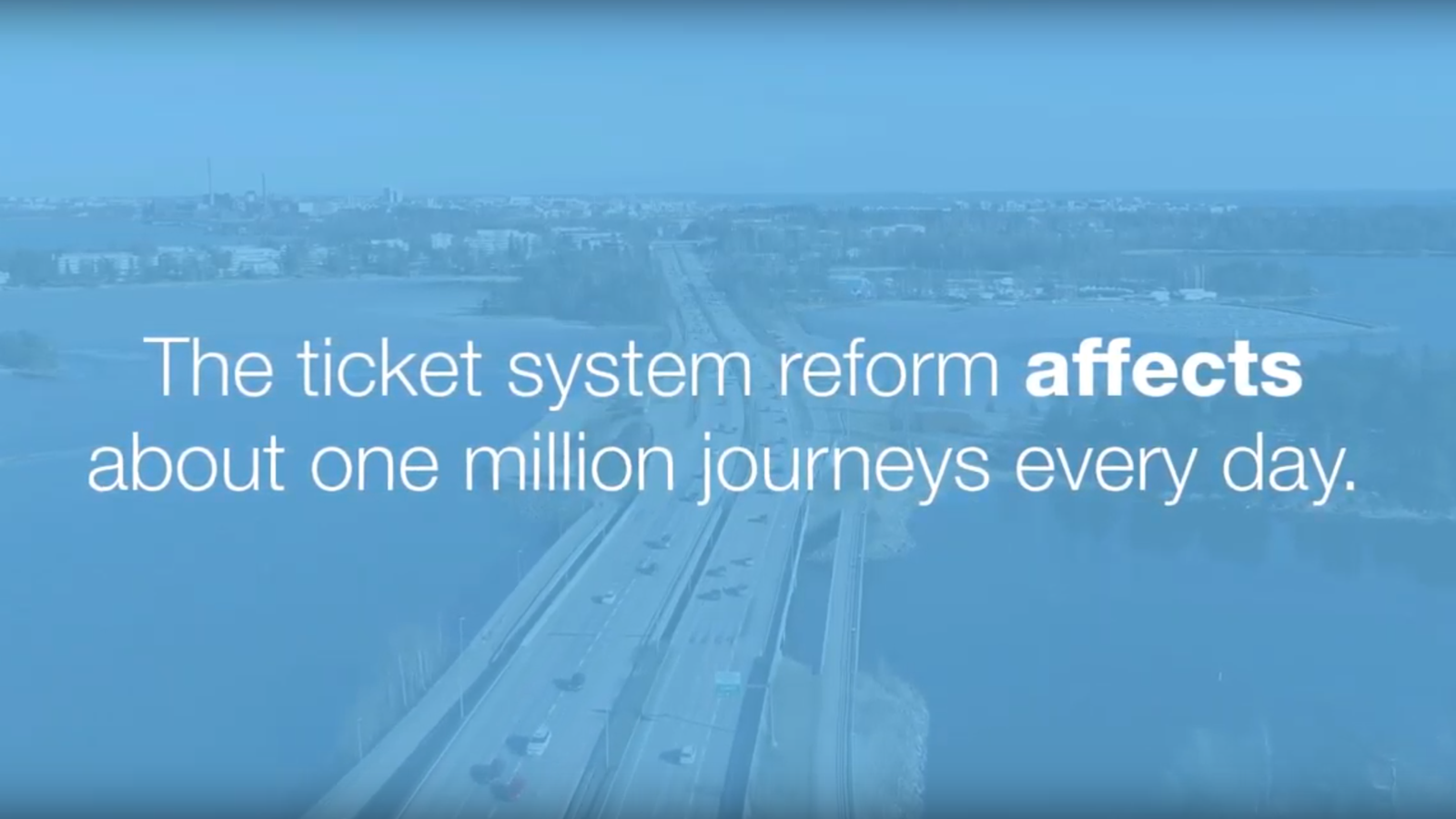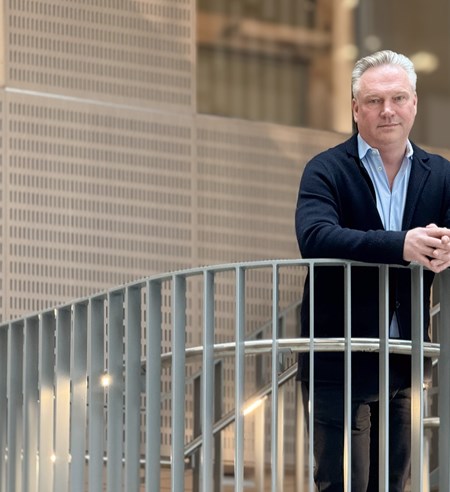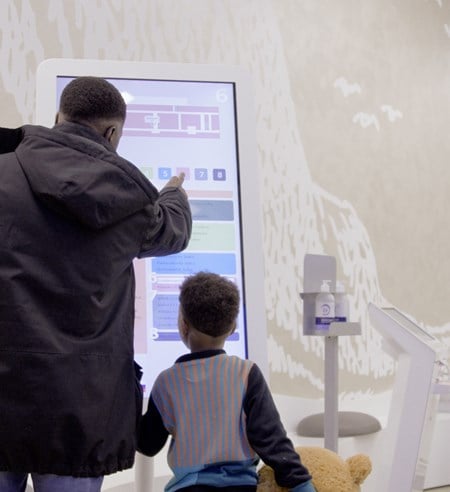The challenge
To create a technologically state-of-the-art mass transit ticket and information system with seamless, real-time applications and interfaces for the growing population of the capital region.
The solution
A modular and easily expandable system that connects the devices and applications used by commuters, conductors, sales points, and traffic engineers to become Europe's first ever IoT ticket and information network.
About the customer
Helsinki Region Transport (HSL) is a joint local authority that organizes mass transit services in the capital region's nine member municipalities. Passengers take more than 380 million trips in HSL public transport annually, with about a million trips made daily.
HSL plans and develops public transportation and acquires its hardware via various business partners. HSL equipment includes metros, commuter trains, ferries, city bikes, and buses. Bus trips account for about half of all journeys in the HSL zones.
HSL offers reliable services, as it operates over 99 percent of all planned departures on average. More than 25,000 individual departures take place per day on more than 300 routes.
HSL employs some 420 workers, most of whom are employed as specialists in the planning, research, and data analysis of mass transit, or in tasks related to ticket inspection.
One IoT solution
A web-based modular system that meets the demands of the future. Parts of the easily accessible system can be updated and replaced more flexibly than ever.
Real-time compatibility
Devices and applications were made smarter, with real-time usability. Mass transit vehicles send out non-stop data about their location to the shared system.
Successful zone reform
Thousands of devices and various background systems transitioned into a completely new pricing model and renewed travel zones, smoothly and overnight.

Video is blocked
Real-time ticket and information system
The Helsinki region requires a technologically state-of-the-art public transport system for the changing needs of a growing population.
HSL wants to create new types of ticket, completely new products, and an even easier accessible systems when purchasing tickets or planning journeys. Conductors deserve security and modern equipment for operational planning. HSL aims to improve transport management with departure time estimations and traffic light prerogatives.
The new system must also enable continued development and respond to coming challenges that we cannot yet foresee. The different interfaces, devices, and applications must be reprogrammable and replacing obsolete systems must be made even more flexible.
The new ticket and information system was necessary so we could offer new services, such as the travel zone reform and the option to charge one's HSL card online.
Eero Nikula
Project Manager, Helsinki Region Transport (HSL)
Helsinki as a pioneer in public transport planning
The reform modernized equipment such as travel card readers, ticket machines, conductors' devices, and on-board screens that display the next bus stop; the overnight switch also brought about the new mobile HSL Journey Planner.
"This type of integrated ticket and information system is not in use anywhere else in Europe. We are clearly pioneers on a European scale," says HSL group manager Risto Vaattovaara.
With this reform, all HSL transport information was made available in real time, which passengers will be able to see on monitors at stops, stations, and terminals as well as in the new Journey Planner, which can be used to check routes as well as purchase tickets. Real-time information flow and updated hardware also help enable special traffic light prerogatives for public transport.
The ticket and information system reform was phased in during 2016–2018, which made it possible to expand HSL's routes with the travel zone reform in April, 2019. The most visible change was a shift from pricing based on municipal borders to the ABCD zone scheme, which prices journeys based on length.
The transition into the zone reform was completely successful. There were no malfunctions following the overnight switch. Passengers, too, have sent in very positive feedback, so the devices have performed well.
Eero Nikula
Project Manager, Helsinki Region Transport (HSL)
Intensive co-operation
The prerequisite for the travel zone reform was for the existing ticket and information systems — including all sales points — to undergo long-term development starting in 2012. The systems were phased in during 2016–2018 and the zone reform took effect on 27 April, 2019.
The transition consisted of renewing dozens of different applications used by passengers and transport professionals alike. More than 10,000 device units were updated, as were more than a dozen types of devices in transport vehicles and sales points. These included 3,800 card readers, 1,500 conductor's sales devices and terminals, 2,000 on-board monitors for upcoming stops, 100 ticket machines at stations, and 8,000 platform departure time screens. The long-term research and development project's crowning achievements were the conversion of some 800,00 travel cards, the transition into the travel zone reform, and the new pricing model.
"We co-operated intensively with IT service company Tieto to prepare for the zone scheme transition. We used a "big room" in HSL's Pasila complex in early 2019, where Tieto and HSL experts made their preparations a couple days a week. It was a test environment where we performed three technical transition trials in full, which made us certain that nothing was left up to chance," Nikula describes.
In the early stages we were looking for contractor-subcontractor scenarios to see how these reforms could be brought about. When the implementation rolled around in 2016, we had a great operational drive going and we worked together a great deal
Eero Nikula
Project Manager, Helsinki Region Transport (HSL)





